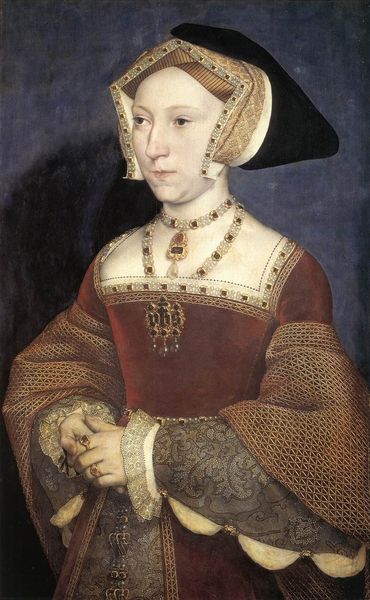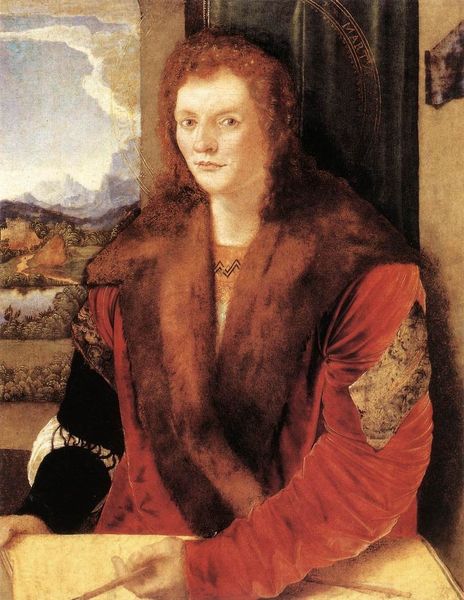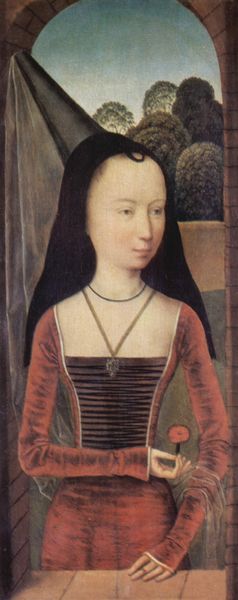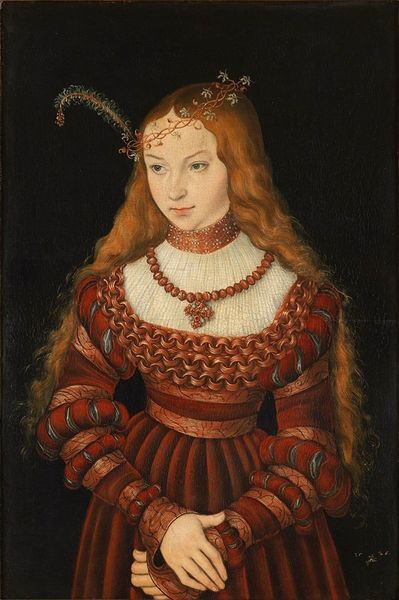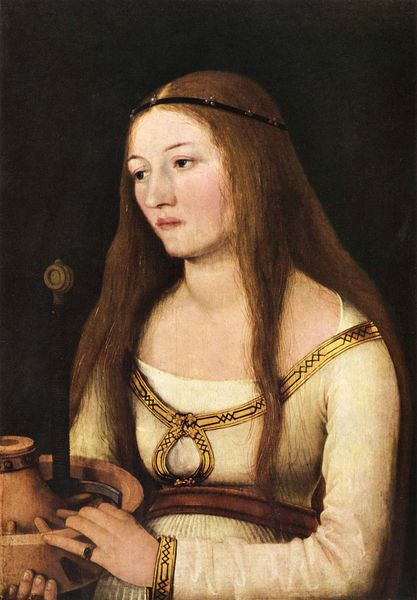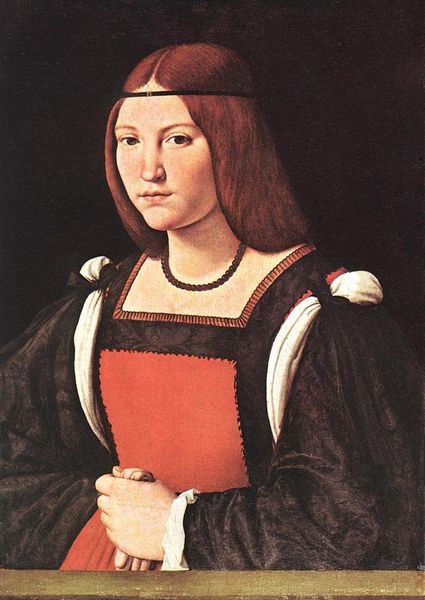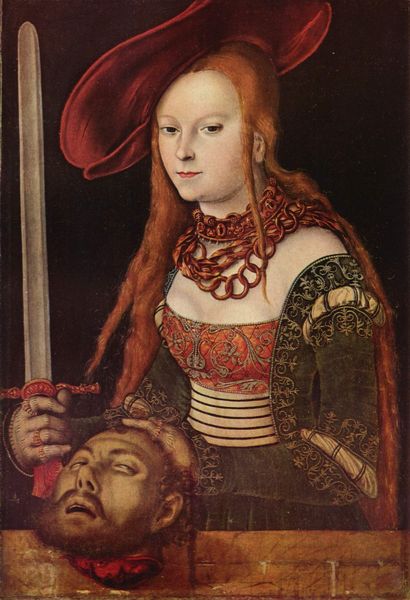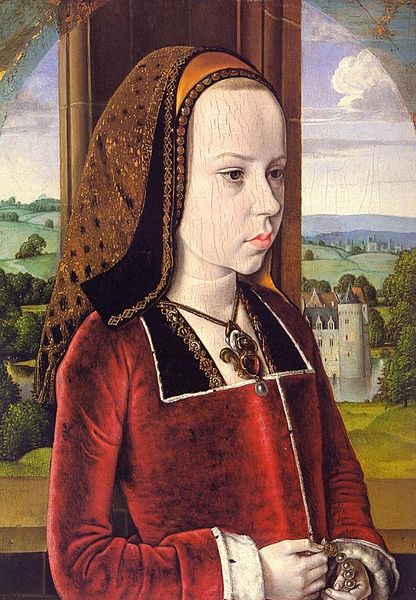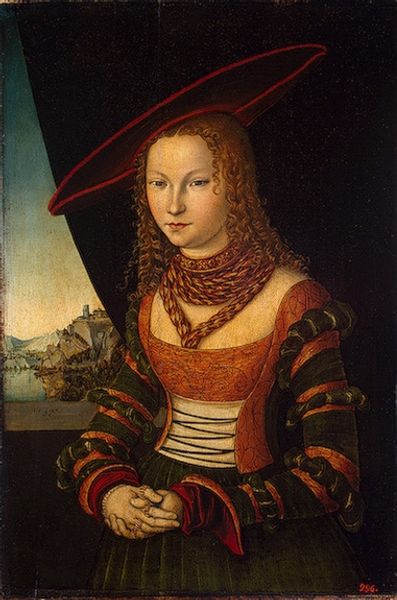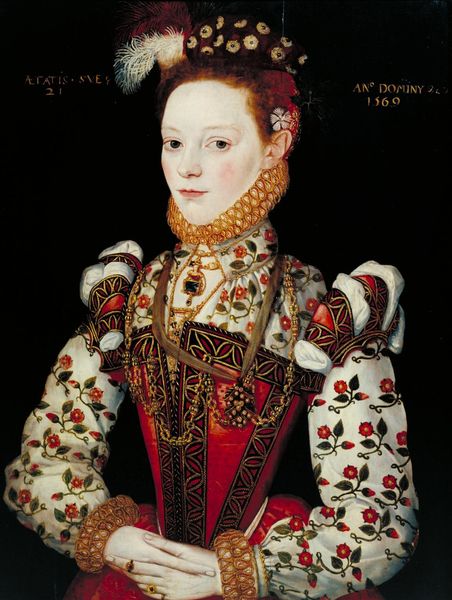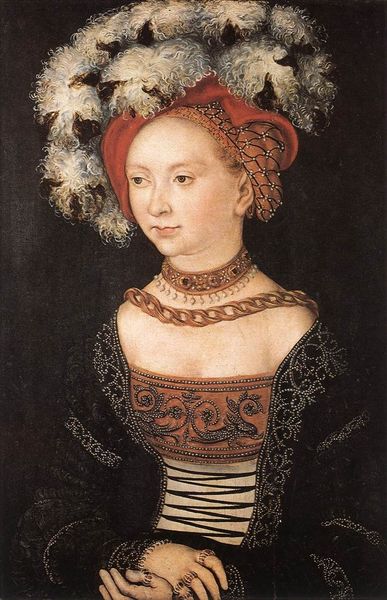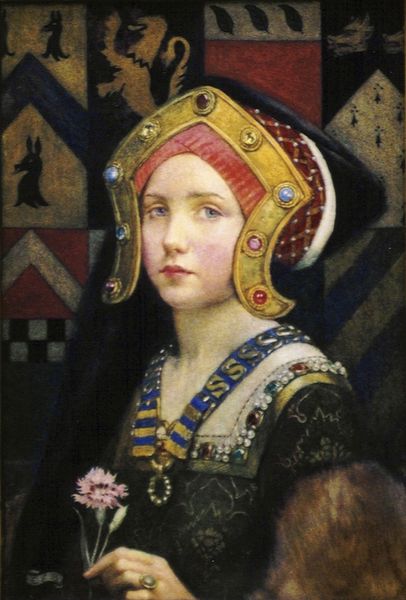
tempera, painting
#
portrait
#
high-renaissance
#
tempera
#
painting
#
figuration
#
history-painting
#
academic-art
#
italian-renaissance
#
realism
Dimensions: 29 x 22 cm
Copyright: Public domain
Editor: This is Bernhard Strigel’s "Portrait of Louis II of Hungary," painted around 1515. The medium appears to be tempera. I’m struck by the detail in his garments and the stark contrast with the plain, dark background. What can you tell me about the circumstances surrounding this portrait's creation and what messages it might have been intended to convey? Curator: Well, consider that royal portraits served crucial political functions. They were not just about capturing a likeness. How do you think an image like this might have bolstered the young king’s authority, both at home and abroad? Editor: Hmm… maybe it’s about projecting power? He’s dressed richly, which shows his wealth, and it’s obviously been commissioned, so maybe he’s trying to look like a legitimate ruler to other countries. Curator: Exactly. And think about the social context: the rise of humanism and the importance of individual identity in the Renaissance. Commissioning portraits like these were a symbol of power, projecting a cultivated and strong image to reinforce the idea of rightful rule and ensure political stability during a time of widespread social upheaval. What kind of visual symbolism can be extracted from this, knowing this portrait would've been created for more than merely 'decorative' purposes? Editor: So, it's not just a picture; it’s carefully constructed propaganda! His calm expression perhaps intends to represent stability... So interesting to know how the Renaissance shaped the portrayal of individuals for political reasons! Curator: Precisely! Considering this historical and cultural lens transforms how we view not just this painting, but portraiture in general.
Comments
No comments
Be the first to comment and join the conversation on the ultimate creative platform.
